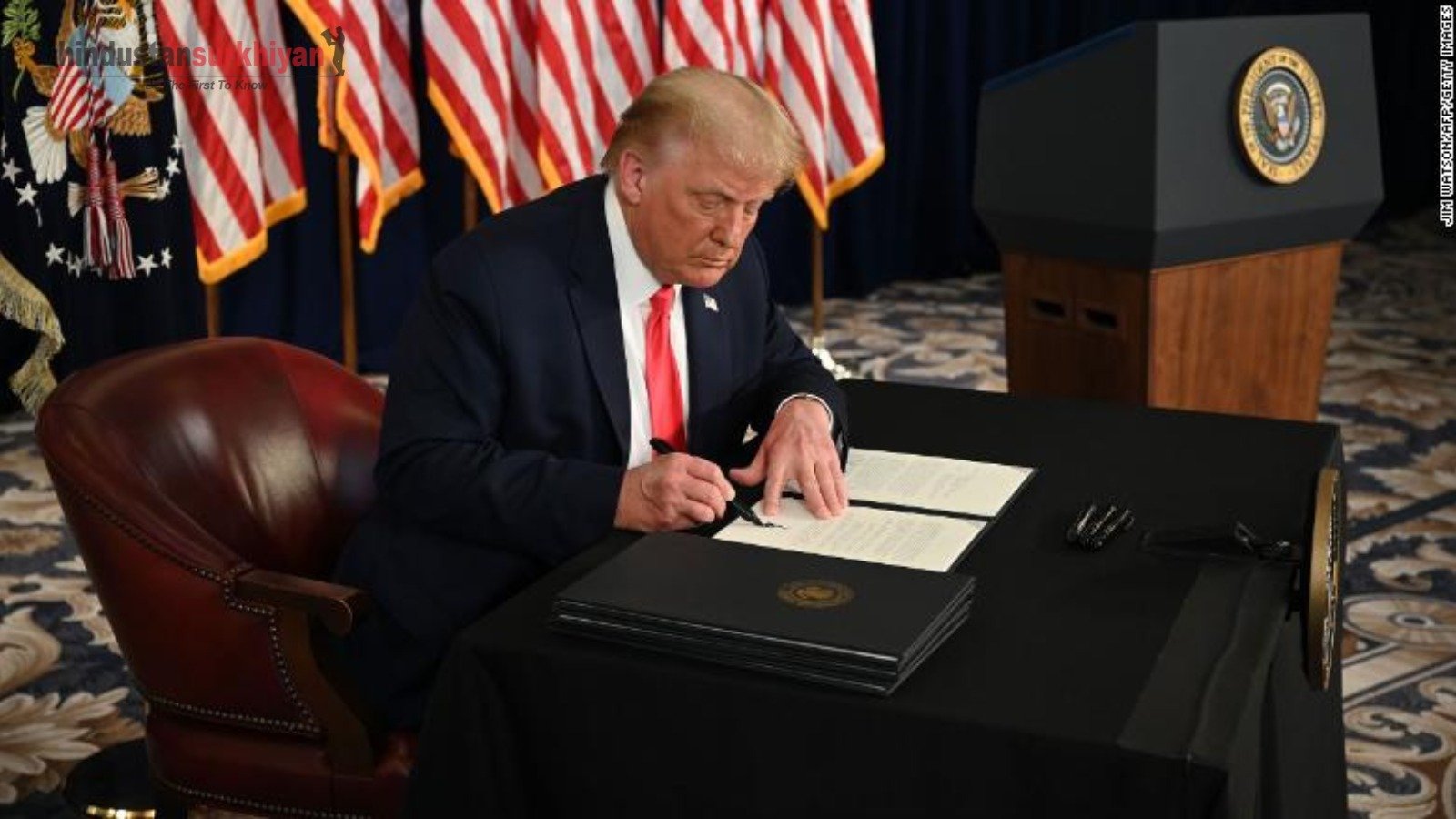President Trump signed the directives after two weeks of stalemate with Democrats over a recovery package, using legally dubious measures to try to restore lapsed benefits.
President Trump took executive action on Saturday to circumvent Congress and try to extend an array of federal pandemic relief, resorting to a legally dubious set of edicts whose impact was unclear, as negotiations over an economic recovery package appeared on the brink of collapse.
It was not clear what authority Mr. Trump had to act on his own on the measures or what immediate effect, if any, they would have, given that Congress controls federal spending.
But his decision to sign the measures — billed as a federal eviction ban, a payroll tax suspension, and relief for student borrowers and $400 a week for the unemployed — reflected the failure of two weeks of talks between White House officials and top congressional Democrats to strike a deal on a broad relief plan as crucial benefits have expired with no resolution in sight.
Mr. Trump’s move also illustrated the heightened concern of a president staring down re-election in the middle of a historic recession and a pandemic, and determined to show voters that he was doing something to address the crises. But despite Mr. Trump’s assertions on Saturday that his actions “will take care of this entire situation,” the orders also leave a number of critical bipartisan funding proposals unaddressed, including providing assistance to small businesses, billions of dollars to schools ahead of the new school year, aid to states and cities and a second round of $1,200 stimulus checks to Americans.❐
























